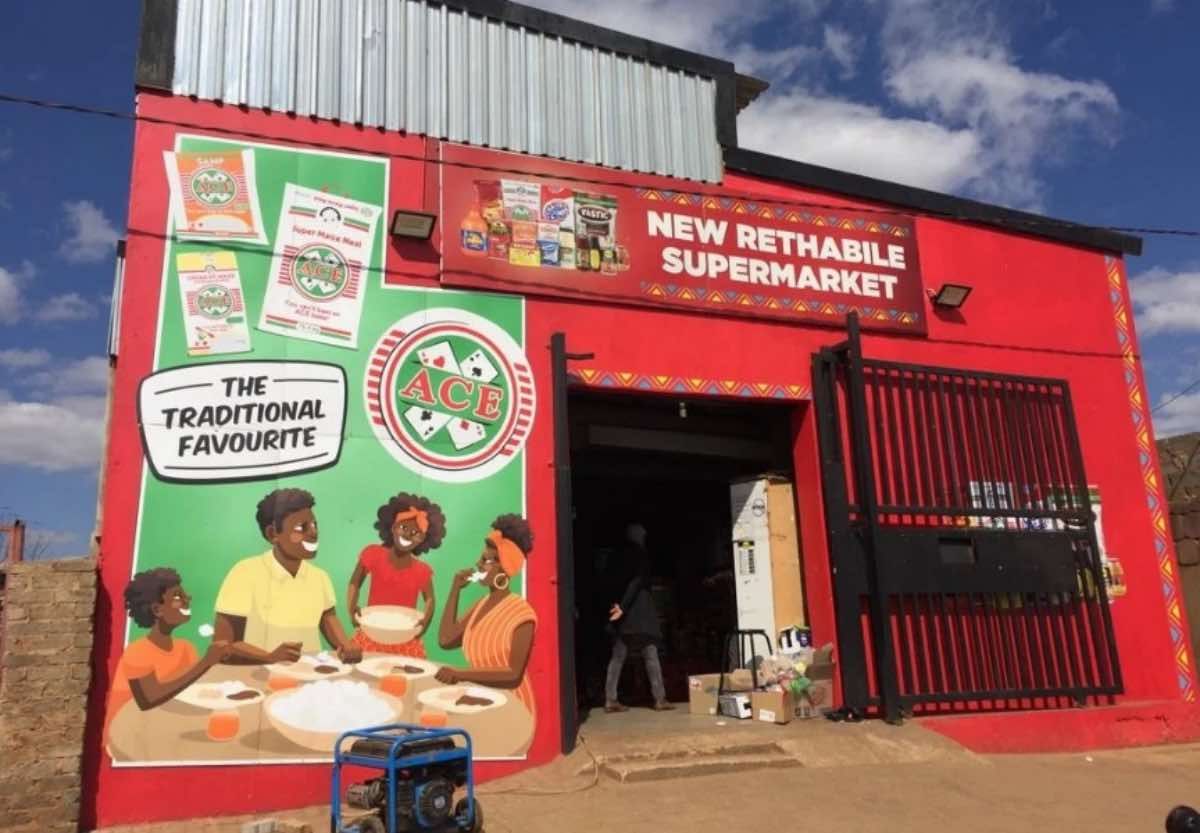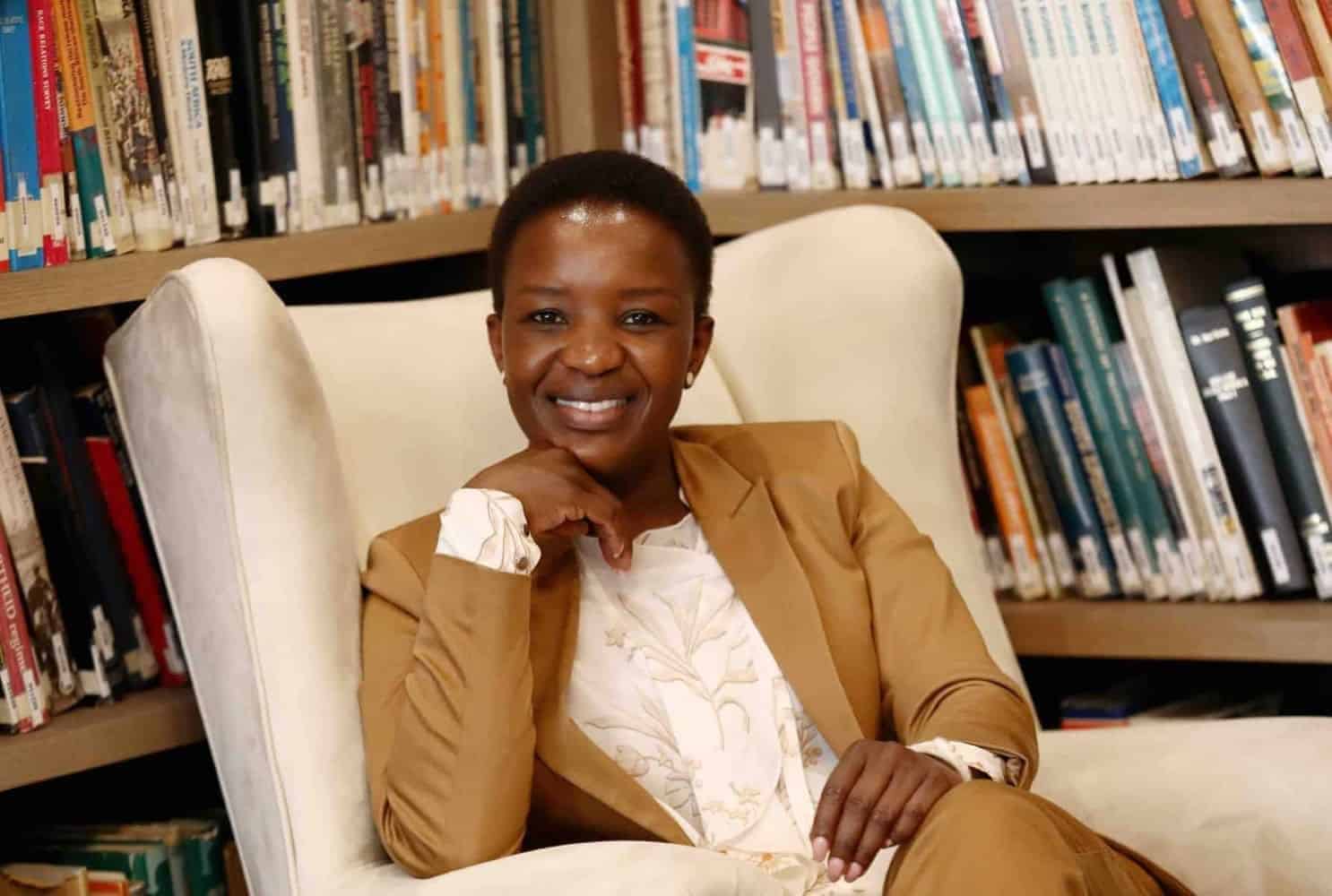Dr Beyers Naudé municipality’s Eskom arrears are mounting.
A year after being hailed a huge success and perhaps a blueprint for solving South Africa’s municipal debt crisis, the flagship electricity project in the Dr Beyers Naudé Local Municipality in the Eastern Cape appears to be floundering – casting fresh doubt over Energy and Electricity Minister Kgosientsho Ramokgopa’s proposed national rollout.
In December, residents were promised 40% cheaper electricity from 1 July 2025, with tariff increases capped at CPI plus 1%.
The project, spearheaded by Stellenbosch-based Utility Consulting Solutions (UCS), was also expected to enable the municipality to pay off its Eskom debt and stay current with monthly payments.
Deputy Minister of Electricity Samantha Graham-Maré praised the initiative as a resounding success.
Yet Eskom’s payment records tell a different story.
According to data obtained from Eskom, Dr Beyers Naudé municipality made only one bulk electricity payment between March and November last year – R11 million in July 2024. Arrear debt continued to balloon and stood at R720 million at the end of March 2025, according to the municipality’s own financial reports published on its website as well as sources close to the matter.
This directly contradicts claims by Graham-Maré that the municipality is keeping up with its current Eskom payments and that the programme is achieving all its goals.
ALSO READ: Exclusive: Sputla’s grand plan to resolve municipal debt to Eskom
Partial write-off of arrears in jeopardy
National Treasury has now warned the municipality that it is in breach of the conditions of the Eskom Debt Relief Programme, which allows for partial write-offs of municipal arrears if strict conditions are met – including full and punctual payment of current accounts.
Close to R400 million of Dr Beyers Naudé’s debt could be written off over three years, but only if compliance is maintained.
Sources close to the municipality told Moneyweb that electricity revenue is being used to cover other costs, particularly salaries, instead of settling the Eskom bill and the electricity business is run at a loss.
ALSO READ: Eskom owed R81.6 billion by municipalities: Who owes the most?
The plan
UCS CEO Christo Nicholls previously told Moneyweb the project has two key components:
- Sourcing cheaper electricity from private rooftop solar producers (prosumers); and
- Using batteries to store cheap off-peak Eskom power for resale during peak hours at higher tariffs.
The idea is that solar-generated electricity, bought at R1.00-1.25/kWh, is cheaper than Eskom’s R2.10/kWh bulk rate. Batteries would allow the municipality to buy Eskom power during off-peak hours at 77c/kWh, store it, and sell it at peak prices of up to R3/kWh. This would dramatically increase the gross profit per kilowatt hour, Nicholls said.
He claimed in January that 19% of Dr Beyers Naudé municipality’s electricity was sourced from prosumers over the past year, with a target of 45% by June and 78% by December 2025. The first 30MWh of battery storage is expected to come online in May, with another 55MWh by end-July.
Nicholls insisted the solar component had already been tested with 26 prosumers, and that Eskom payments resumed in December starting with R1 million. He said payments would increase as the project scales up and more savings materialise.
ALSO READ: Proposed Eskom tariff increase could sink municipalities – report
Plan ‘flawed’
However, tariff specialist Hendrik Barnard, who advises municipalities on energy procurement, says the available information on the project “doesn’t add up”.
He describes the assumptions as unrealistic and riddled with technical and financial flaws.
He points to two key issues:
- Widespread adoption of rooftop solar will erode municipal revenue as consumers will be generating their own electricity; and
- The cost of battery storage is still too high to make the buy-store-sell model viable at scale for municipalities.
While UCS claims the infrastructure – batteries, solar panels, smart meters – will be funded by private investors at no cost to the municipality, Nicholls has refused to disclose who these investors are.
When pressed for transparency, given the public interest, he deflected, saying the municipality would have to release the information.
Nicholls’s company stands to earn 12% of all new gross profit generated through the project. With ambitions to roll out similar initiatives in up to 100 municipalities, the potential financial upside for UCS is significant.
ALSO READ: Cash-strapped Emfuleni Municipality gets relief from Eskom
Silence
Municipal officials have remained silent, failing to respond to questions or provide clarity on the project’s status.
Ramokgopa has repeatedly promised to unveil a broader strategy to tackle municipal debt. So far, no new details have emerged.
His office previously confirmed to Moneyweb that a wider rollout is expected to begin this month, based on the pilot results.
But if Dr Beyers Naudé municipality – the supposed flagship – is already falling short, it raises serious concerns about the viability of the model elsewhere.
Moneyweb has established that Nama Khoi Local Municipality in the Northern Cape has paused its participation pending an independent review of UCS’s algorithms, which it said the company declined to allow. Nicholls said it was due to infrastructure issues.
Kamiesberg and Richtersveld municipalities, also in the Northern Cape, have barely begun implementation, he said.
This article was republished from Moneyweb. Read the original here.














